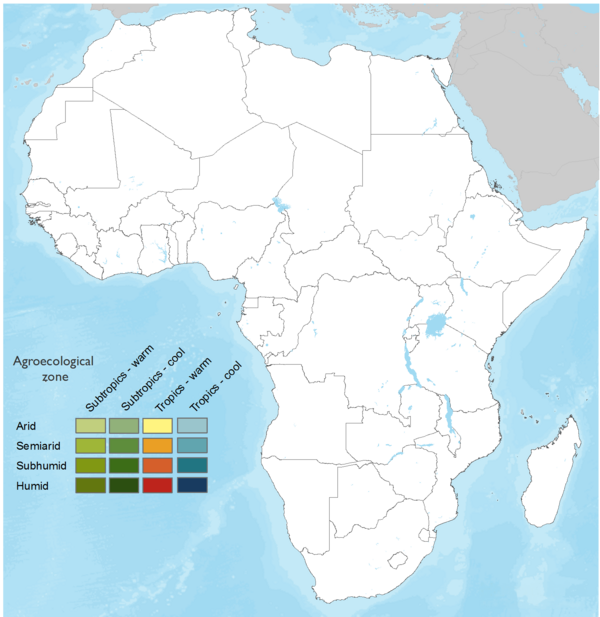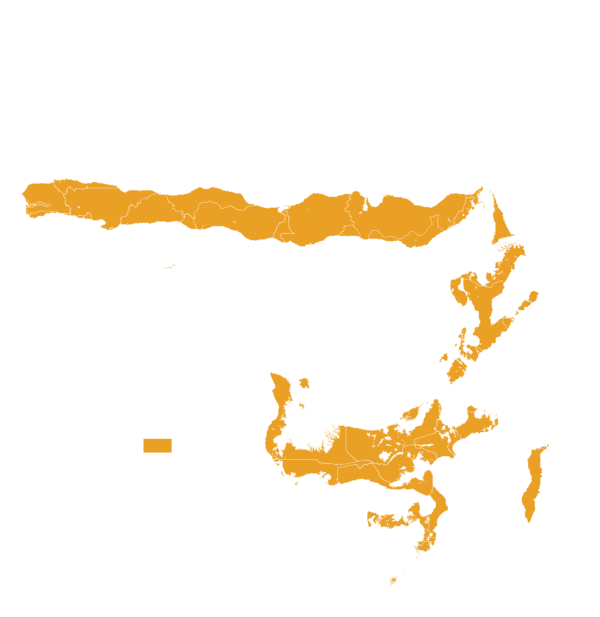

Low-cost, portable, detect sweet potato viruses—anywhere!
SmartLAMP SPOT is a smartphone-operated molecular diagnostic device using Loop-Mediated Isothermal Amplification (LAMP) to detect three key sweetpotato viruses: SPCSV, SPFMV, and SPLCV. It delivers laboratory-grade accuracy (100% agreement with Genie III) without requiring lab infrastructure, skilled personnel, or electricity. Each test takes ~40 minutes and can be performed on-site using a power bank.
This technology is not yet validated.
Adults 18 and over: Positive high
This group includes the majority of farmers, seed multipliers, and agricultural extension agents. The device empowers them with tools to detect sweetpotato viruses affordably and in real time. It supports decision-making in disease management, reduces crop loss, and enhances productivity. Adults are also the main operators of the device, which is easy to use with a smartphone, offering significant utility and economic benefit.
The poor: Positive high
Doctor Vida was explicitly evaluated for affordability and field usability in resource-limited settings. It significantly reduces testing costs (~40% per test), runs on inexpensive portable power banks, and does not require high-end lab infrastructure. These features make it accessible for low-income smallholder farmers, supporting better seed quality and disease control, which are key to income stability and resilience.
Under 18: Positive low
The technology is not directly targeted at children or youth, but it can have indirect positive effects by improving household food security and income in farming communities. Healthier crops mean more stable access to nutritious food and economic support for families, which can enhance children's wellbeing and educational opportunities.
Women: Positive high
Women are key actors in sweetpotato farming and informal seed systems, particularly in Sub-Saharan Africa and Latin America. By enabling decentralized, on-site diagnostics, the device can empower women with accessible tools that do not require travel to central labs or specialized training. This contributes to inclusive seed health management and may help reduce gender-based barriers in agricultural innovation access.
Climate adaptability: Highly adaptable
The Doctor Vida device is ultra-portable, lightweight, and functions reliably under tropical and semi-tropical conditions. It is powered by commonly available mobile phone power banks, enabling operation in remote areas without a stable power grid. Its high functionality under varied conditions [between 15°C and 30°C, humidity levels between 20% and 80% (non-condensing), and maximum of altitude of use of 2,000 m] demonstrates excellent climate adaptability, particularly in regions affected by climate variability and limited infrastructure.
Farmer climate change readiness: Significant improvement
By enabling timely, accurate, and affordable virus detection at the point of need, Doctor Vida allows farmers and seed producers to manage viral diseases proactively. This reduces the risk of crop loss due to climate-sensitive disease outbreaks, enhances seed system resilience, and supports the production of healthy planting material, which is crucial under changing climatic conditions.
Biodiversity: No impact on biodiversity
The device is used solely for molecular diagnostics and does not interact with the environment in a way that would directly affect plant, animal, or microbial biodiversity. It neither introduces biological agents nor alters ecosystems. Its function is purely analytical, based on non-invasive sampling.
The DoctorVida Pocket LAMP device offers a reliable, portable, and cost-effective solution for rapid detection of key sweetpotato viruses directly in the field. This technology matches the accuracy of standard lab equipment with 100% agreement to the widely used Genie III device, while reducing diagnostic costs by approximately 40%.
To effectively integrate DoctorVida Pocket LAMP into your plant health initiatives, consider these key project components and prerequisites:
By integrating the DoctorVida Pocket LAMP technology into plant health strategies, governments can enhance early virus detection, improve seed quality assurance, reduce losses from viral diseases, and ultimately contribute to resilient sweetpotato production systems vital for nutrition and livelihoods.
warranty period
Lifespan
Open source / open access
Scaling Readiness describes how complete a technology’s development is and its ability to be scaled. It produces a score that measures a technology’s readiness along two axes: the level of maturity of the idea itself, and the level to which the technology has been used so far.
Each axis goes from 0 to 9 where 9 is the “ready-to-scale” status. For each technology profile in the e-catalogs we have documented the scaling readiness status from evidence given by the technology providers. The e-catalogs only showcase technologies for which the scaling readiness score is at least 8 for maturity of the idea and 7 for the level of use.
The graph below represents visually the scaling readiness status for this technology, you can see the label of each level by hovering your mouse cursor on the number.
Read more about scaling readiness ›
Semi-controlled environment: prototype
Common use by projects connected to technology providers
| Maturity of the idea | Level of use | |||||||||
| 9 | ||||||||||
| 8 | ||||||||||
| 7 | ||||||||||
| 6 | ||||||||||
| 5 | ||||||||||
| 4 | ||||||||||
| 3 | ||||||||||
| 2 | ||||||||||
| 1 | ||||||||||
| 1 | 2 | 3 | 4 | 5 | 6 | 7 | 8 | 9 | ||
| Country | Testing ongoing | Tested | Adopted |
|---|---|---|---|
| Tanzania | Testing ongoing | –Not tested | –Not adopted |
This technology can be used in the colored agro-ecological zones. Any zones shown in white are not suitable for this technology.










| AEZ | Subtropic - warm | Subtropic - cool | Tropic - warm | Tropic - cool |
|---|---|---|---|---|
| Arid | – | – | – | – |
| Semiarid | – | |||
| Subhumid | – | |||
| Humid | – |
Source: HarvestChoice/IFPRI 2009
The United Nations Sustainable Development Goals that are applicable to this technology.

By reducing the cost of virus detection (up to 40% lower per test) and enabling early disease control in sweetpotato (a key subsistence and cash crop in low-income regions) the technology supports economic stability for smallholder farmers.

Timely and accurate virus detection helps maintain yield and crop quality, directly contributing to food security in regions where sweetpotato is a staple crop.

Although not a human health intervention, it was adapted from a COVID-19 device and supports plant health, which indirectly supports community nutrition and well-being by preserving harvests.

The technology promotes job creation in decentralized diagnostic services, especially in rural or under-resourced settings, and reduces economic losses due to viral crop diseases.
Last updated on 28 October 2025